Disclosure: This article contains affiliate links. We may earn a commission from purchases at no extra cost to you, which helps our travel content.
The first time I visited Boston with my son during his college search years ago, we dutifully followed the red-brick Freedom Trail like most tourists. While those iconic sites certainly deserve their fame, it wasn't until my third visit—last October, as the maple leaves turned crimson and gold—that I discovered Boston's soul lives equally in its lesser-known historical corners. These hidden gems reveal stories just as compelling as Paul Revere's ride or the Boston Tea Party, yet they offer something increasingly precious: space to breathe, reflect, and connect with history without the crowds. As someone who traded star charts for travel maps after my health wake-up call, I've learned that the most meaningful travel experiences often happen when we step just slightly off the well-trodden path. So grab your walking shoes and curiosity—I've mapped out a weekend's worth of Boston's secret historical treasures that the guidebooks often overlook but your family will remember long after the trip ends.
The Neighborhoods Beyond Downtown
While downtown Boston rightfully claims historical fame, the city's outer neighborhoods hold equally fascinating stories without the tourist crush. In Jamaica Plain, the 265-acre Forest Hills Cemetery isn't just a final resting place but an outdoor sculpture garden and arboretum where history and art converge. I spent a contemplative morning here among elaborate Victorian monuments and contemporary sculptures, following their free walking tour map to find the graves of poets e.e. cummings and Anne Sexton.
In Roxbury, the 1630 First Church stands as Boston's oldest wooden frame building, predating better-known structures by decades. What struck me was how the volunteer guides connected historical dots between this humble structure and Boston's grander monuments downtown.
The working-class neighborhood of Dorchester revealed perhaps my favorite hidden gem: the James Blake House (circa 1661), Boston's oldest standing home. Unlike the more famous Paul Revere House, here I had the entire place to myself one crisp Friday afternoon. The docent, a Dorchester native with stories spanning generations, showed my small tour group architectural details you could actually touch—hand-hewn beams that have witnessed over 350 years of American history.
For families with history-resistant teens (I've been there!), Charlestown's Warren Tavern offers the perfect compromise: authentic historical atmosphere where George Washington and Paul Revere actually drank, combined with excellent modern pub fare. My son still talks about their lobster mac and cheese years later.
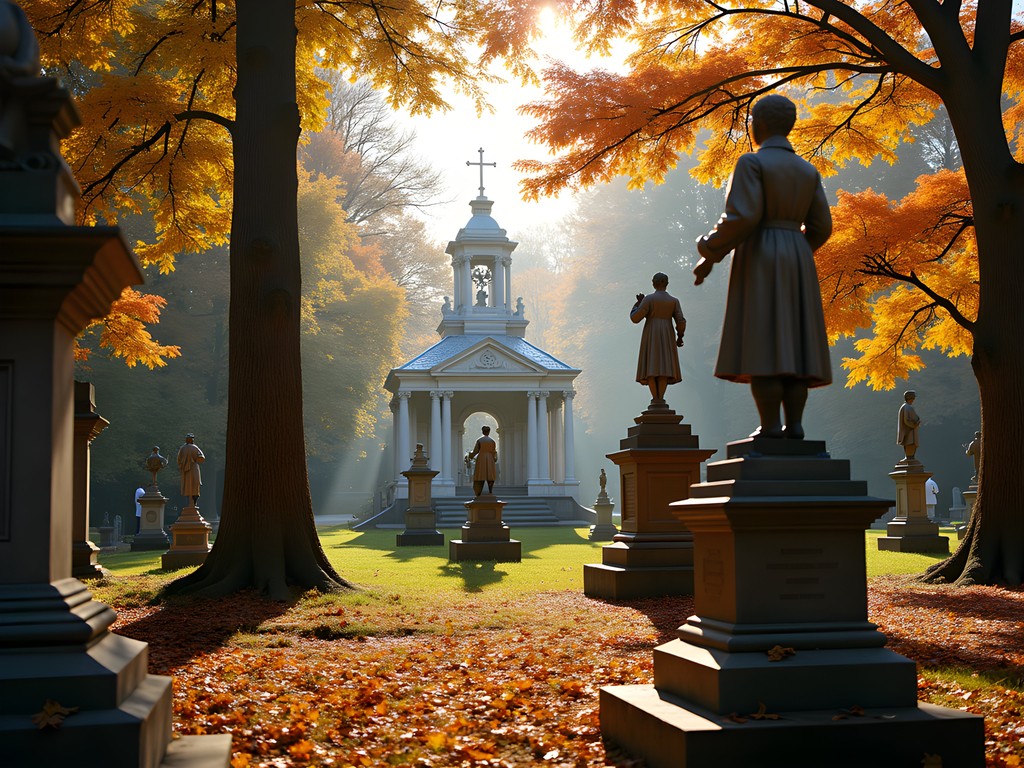
💡 Pro Tips
- Visit Forest Hills Cemetery on weekday mornings when it's quietest and the light is perfect for photography
- Many neighborhood historical sites have limited hours—check their websites before venturing out
- The MBTA subway (locally called 'the T') reaches all these neighborhoods easily; buy a day pass to save money
Literary Boston: Beyond the Public Library
Boston's literary history runs as deep as its political one, yet many visitors miss these intellectual landmarks. The obvious stop is the magnificent Boston Public Library in Copley Square (which absolutely deserves a visit), but venture beyond to discover where American literature was truly shaped.
The Old Corner Bookstore at School and Washington Streets looks unassuming now, but this 1718 building once housed the publishing firm Ticknor and Fields, which published Thoreau, Emerson, Hawthorne, and Louisa May Alcott. Standing on this corner, I imagined these literary giants passing through the same doorway, manuscripts in hand.
For families, I highly recommend the often-overlooked Edward Everett Hale House near the State House. Hale wrote the patriotic classic 'The Man Without a Country,' and the house offers exceptional children's programming that brings 19th-century literature alive through hands-on activities.
My most magical literary discovery came at dusk in Mount Auburn Cemetery in Cambridge. Armed with my headlamp (essential for reading tombstones as daylight fades), I followed their literary tour map to find the final resting places of Henry Wadsworth Longfellow, Winslow Homer, and other intellectual giants. The cemetery's highest point offers a spectacular sunset view of the Boston skyline—a perfect moment to read a few verses of Longfellow aloud with your children.
Before your trip, I recommend picking up Literary Boston which maps routes connecting these sites with fascinating historical context that brings dusty literary figures to vivid life.
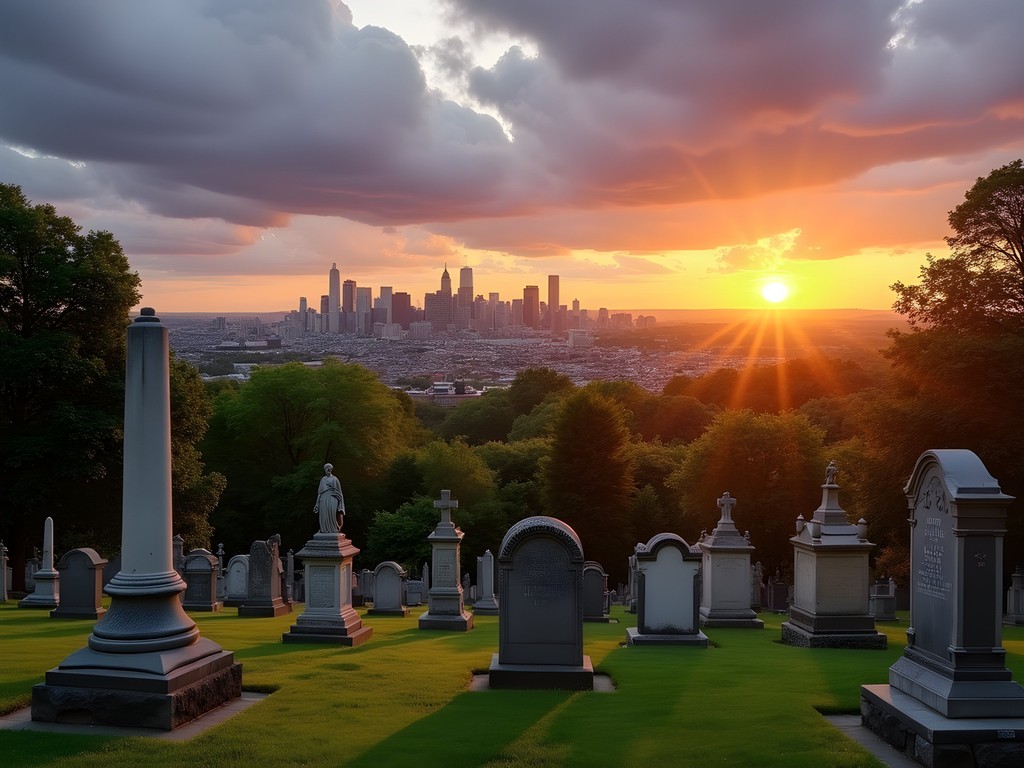
💡 Pro Tips
- The Boston Literary District offers free downloadable audio walking tours narrated by local authors
- Mount Auburn Cemetery closes at dusk—check seasonal closing times before visiting
- Many literary sites offer special children's programming on weekends—call ahead to reserve spots
Hidden Architectural Treasures
Boston's architectural story extends far beyond Faneuil Hall and Quincy Market. Some of my favorite discoveries came from simply looking up while wandering neighborhoods outside the tourist zones.
The Gibson House Museum in Back Bay stopped me in my tracks—a perfectly preserved Victorian rowhouse from 1860, maintained exactly as it was when last inhabited. Unlike the more famous historical homes, the Gibson House offers an intimate glimpse into Boston's Victorian era with original furnishings, family photographs, and even personal items left as if the inhabitants might return any moment. My visit coincided with their special 'servants tour' focusing on the lives of those who worked in these grand homes—a perspective rarely highlighted elsewhere.
In the South End, don't miss the hidden architectural gem of the Francis Dane House on Union Park Street. This Greek Revival masterpiece features intricate ironwork that tells the story of Boston's 19th-century industrial wealth. The neighborhood surrounding it contains the largest collection of Victorian bow-front rowhouses in the country, yet few tourists venture here.
For families with children interested in how things work, the Metropolitan Waterworks Museum near Boston College is a revelation. Housed in the original Chestnut Hill Reservoir pumping station, its massive steam engines that once supplied Boston's water system stand as magnificent sculptures of the industrial age. My engineering-minded son was fascinated by the working models demonstrating how these giants functioned.
I always carry my compact binoculars when exploring historical architecture—they're perfect for examining detailed cornices, gargoyles, and inscriptions that would otherwise remain invisible from street level. Boston's buildings reward this kind of careful observation with hidden symbols, mason's marks, and architectural easter eggs that tell stories beyond what any guidebook can capture.
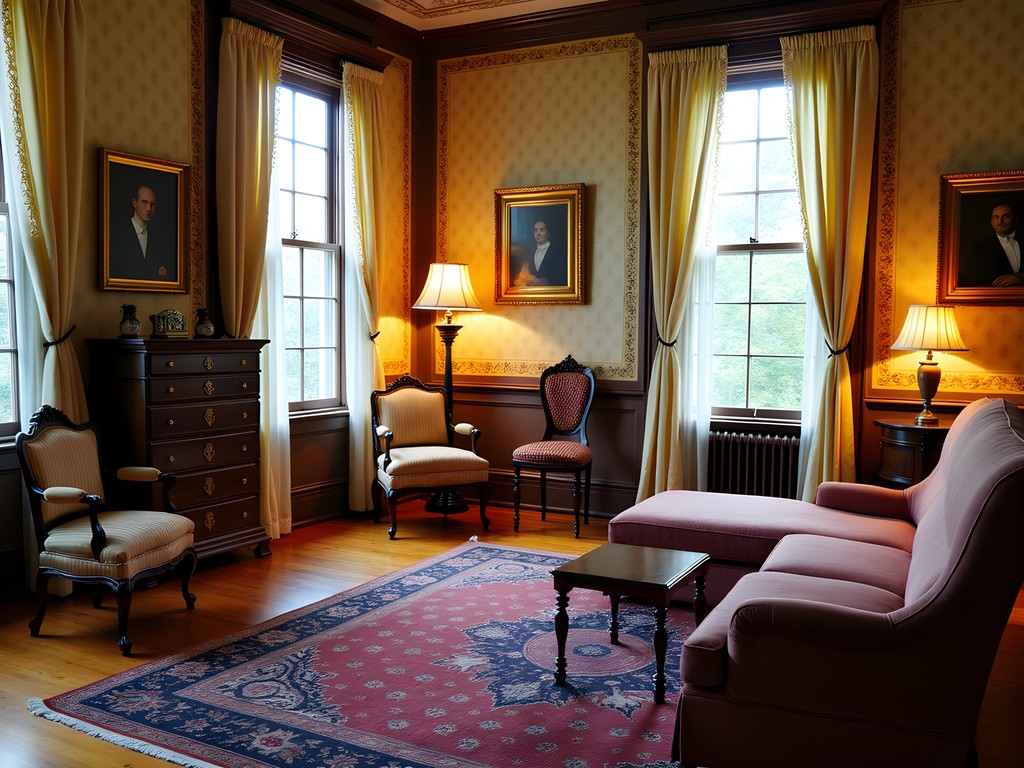
💡 Pro Tips
- Many smaller house museums operate limited hours or by appointment only—plan ahead
- The Boston Preservation Alliance offers excellent self-guided architecture tours through their website
- Look for 'Open House Boston' weekend in October when many private historical buildings open to the public
Sacred Spaces with Stories to Tell
Boston's religious history extends far beyond the famous Old North Church, with sacred spaces that tell surprising stories of tolerance, abolition, and social justice movements.
The African Meeting House on Beacon Hill (built 1806) stands as the oldest surviving Black church building in America and served as the center of Boston's abolitionist movement. I was deeply moved standing in this simple, powerful space where Frederick Douglass delivered his famous anti-slavery speeches. The adjacent Museum of African American History offers exceptional educational programs that bring these stories alive for children through interactive exhibits.
Nearby, the Vilna Shul on Phillips Street represents Boston's only remaining immigrant-era synagogue building. Its recently restored hand-painted murals offer a vivid glimpse into Jewish life in early 20th century Boston. When I visited during their community open house, volunteers shared stories of how this building served as both religious center and social support network for new immigrants.
For an architectural marvel, visit the Mapparium at the Mary Baker Eddy Library—a three-story stained glass globe you can walk through, showing the world as it appeared in 1935. While not technically a religious site, it was created by the Christian Science Publishing Society and offers a unique perspective on how Bostonians viewed the world nearly a century ago. The acoustics inside create fascinating sound effects that delight children and adults alike.
These sacred spaces often maintain limited or seasonal hours, so I rely on my travel planner to organize our visits efficiently. I've found that these smaller sites offer a more contemplative experience than the crowded Freedom Trail churches, allowing for meaningful conversations with my son about difficult historical topics like slavery, immigration, and religious freedom.

💡 Pro Tips
- Many religious sites request modest attire out of respect—bring a light scarf or jacket even in warm weather
- The African Meeting House often hosts living history presentations on weekends—check their calendar
- Several sacred spaces offer meditation or quiet reflection times—perfect for midday rest during busy sightseeing
Boston After Dark: Nighttime Historical Experiences
Boston's historical narrative takes on a different dimension after sunset, when modern crowds thin and it becomes easier to imagine the city as it once was. While daytime tours dominate most itineraries, some of my most memorable Boston experiences happened after dark.
The Ghosts & Gravestones trolley tour might seem touristy, but it visits the Central Burying Ground and Copp's Hill Burying Ground when they're atmospherically lit and closed to general public. The guides blend historical accuracy with theatrical flair that keeps even history-resistant teenagers engaged. My son still references stories from this tour years later.
For a more scholarly evening experience, the Astronomy After Hours program at the Boston Common's Coit Observatory combines historical and celestial observation. As a former astronomy professor, I was impressed by how they connect Boston's maritime history to celestial navigation while allowing visitors to use their historic telescopes. The program runs seasonally on clear Friday evenings—check their website for availability.
Old South Meeting House offers occasional evening candlelight tours that recreate how the building would have been experienced during revolutionary meetings. The dramatically reduced lighting transforms the space, making historical events feel immediate and real. I found myself whispering instinctively, as though Samuel Adams might still be listening from the shadows.
For families with older children, I highly recommend the lantern-led walking tour of Beacon Hill after dark. Our guide pointed out architectural details that tell the story of Boston's class divisions—separate entrances for servants, hidden courtyards, and subtle design elements that would go unnoticed in daylight.
Packing a reliable flashlight is essential for these nighttime explorations. Boston's historic neighborhoods often have uneven brick sidewalks that can be treacherous after dark, and a good light helps you navigate safely while examining historical markers and architecture.

💡 Pro Tips
- Book nighttime tours well in advance—they often sell out, especially during fall when darkness comes earlier
- Dress warmly for evening tours even in early fall—Boston's coastal location means temperatures drop quickly after sunset
- Most evening historical programs are not suitable for children under 8, but teens often find them more engaging than daytime options
Final Thoughts
As I sat on a bench in Copp's Hill Burying Ground on my final morning, watching autumn light filter through centuries-old trees onto weathered gravestones, I realized that Boston's true historical magic happens in these quieter moments of connection. The famous sites tell important stories, but these lesser-known historical gems reveal the texture of everyday lives that collectively shaped American history. They offer families something increasingly precious: space to discover history at your own pace, to ask questions without competing with crowds, and to form personal connections with the past. Whether you're stargazing from a historic observatory, whispering in a candlelit meeting house where revolution was planned, or simply running your fingers along the same banister touched by countless hands across three centuries, these experiences create the memories that transform history from distant facts into something personally meaningful. Boston's hidden historical treasures await—just one step beyond the red brick line.
✨ Key Takeaways
- Boston's lesser-known historical sites offer more intimate, crowd-free experiences perfect for family exploration
- Neighborhood historical gems like Jamaica Plain and Dorchester reveal Boston's diverse history beyond the downtown narrative
- Evening historical programs provide unique perspectives and often engage reluctant teenage travelers more effectively
📋 Practical Information
Best Time to Visit
Fall (September-November)
Budget Estimate
$150-300/day for family of four
Recommended Duration
Long weekend (3-4 days)
Difficulty Level
Easy

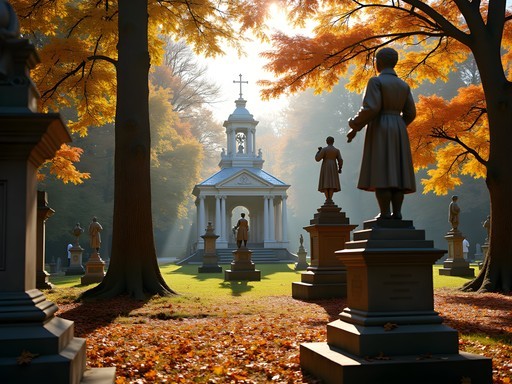
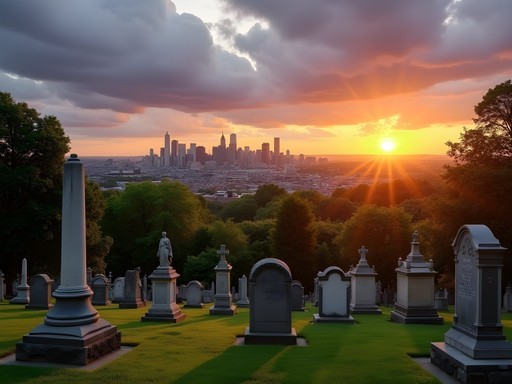
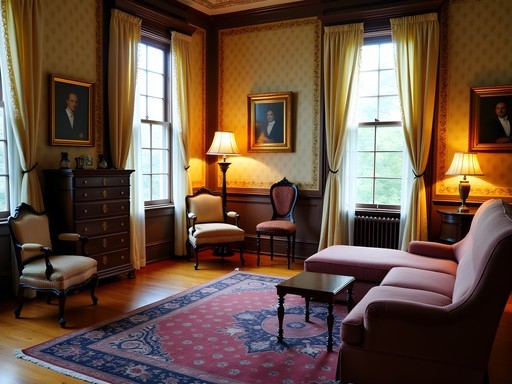



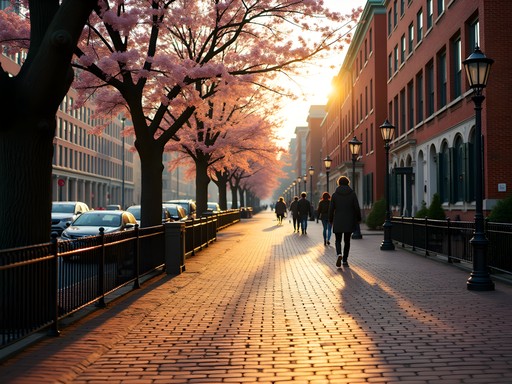
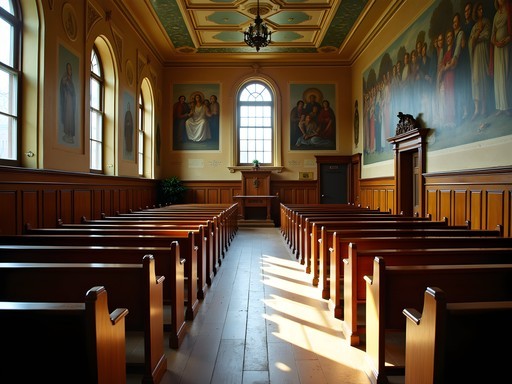
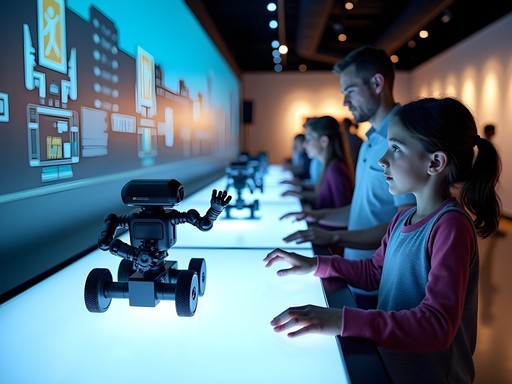
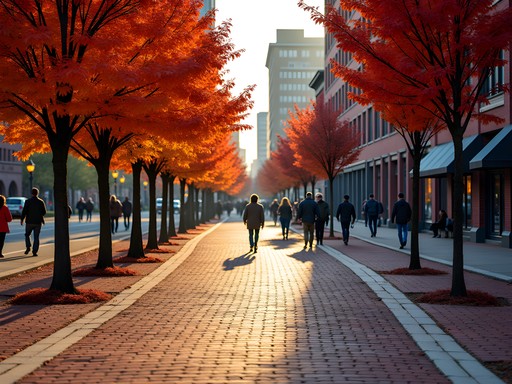




Comments
Hannah Woods
Emma, this is exactly the kind of content I appreciate! After 15 years of travel blogging, I've learned that the true essence of a city often lies beyond its marquee attractions. Last autumn, I spent three weeks backpacking through New England and discovered many of these same hidden corners of Boston. The Sacred Spaces section particularly resonated - I stumbled upon King's Chapel Burying Ground at sunset and spent two mesmerizing hours photographing the tombstones. For anyone planning a visit, I found the pocket guide surprisingly good for these lesser-known sites, though Emma's list adds several I missed! Would you say autumn is the ideal season for these explorations? I found the cemetery lighting magical then.
Emma Austin
Thanks Hannah! Autumn is definitely magical - especially for the burial grounds and gardens. Spring is lovely too for the flowering trees in some of these spots. Summer can get crowded and winter can be brutal, but the indoor sites like the Athenaeum are perfect cold-weather refuges!
luckyrider
Hannah - did you need reservations for the Athenaeum? I've heard it's tricky to visit.
Hannah Woods
Yes @luckyrider - you need to book a tour in advance! They only allow non-members on specific guided tours. Worth planning ahead for it.
luckyrider
Love this! Boston's history goes so much deeper than the revolutionary stuff. The literary connections especially caught my eye!
blueway
Thank you for this! I've been to Boston twice and done the Freedom Trail both times. Feeling like I've checked that box and ready to explore deeper. The Copp's Hill Burying Ground sounds fascinating - I love old cemeteries with all their history. Did you find it easy to navigate between these lesser-known spots or would you recommend grouping them by neighborhood?
Emma Austin
Hi blueway! I definitely recommend grouping by neighborhood. I spent one day in North End (where Copp's Hill is), another exploring Beacon Hill sites, and a third around Back Bay. Makes it much more manageable!
blueway
Perfect, thanks! Planning a trip for spring and will definitely use this approach.
photowalker
Just wanted to say your photos really capture the mood of these historical places! The light filtering through those old trees... perfection!
Taylor Moreau
As someone who travels to Boston frequently for business, I've slowly been checking off sites from this exact type of list over my many visits. The Sacred Spaces section particularly resonated with me. The King's Chapel and its burying ground are often overlooked but contain fascinating historical connections. I'd add that if you're interested in the architectural treasures mentioned, the Boston Preservation Alliance occasionally offers specialized walking tours that access buildings not typically open to the public. Their 'Hidden Doorways' tour last spring was exceptional. Emma, your observation about the autumn light in these historical spaces is spot on - there's something magical about New England in the fall.
Emma Austin
Taylor, I had no idea about those specialized tours! That's going on my list for my next visit. And yes, that New England autumn light is something special - it feels like it connects you directly to the past somehow.
reddiver
That photo of autumn light in Copp's Hill Burying Ground is absolutely stunning! What camera do you use?
summerguy
Love this post! We're planning 3 days in Boston this October. Would you recommend renting a car to reach these off-the-beaten-path sites or is public transportation good enough?
photowalker
Not the author but I just got back from Boston. Definitely skip the car! The T (subway) and buses get you everywhere, plus parking is a nightmare. I used the transit app and it made navigating super easy.
summerguy
Thanks for the tip! Will definitely leave the car behind then.
Lillian Diaz
Your post took me right back to my backpacking trip through Boston last fall! I stumbled upon Copp's Hill Burying Ground completely by accident and spent hours reading the gravestones. The stories they tell! I also found this amazing little bookshop near the Old Corner Bookstore site that had rare editions of Emerson and Thoreau. Literary Boston beyond the obvious spots is such a treasure trove for history nerds like me. Did you get a chance to visit any of the historical homes in Jamaica Plain? There are some hidden gems there too!
starclimber
This is exactly what I needed! Going to Boston next month and wanted to see beyond the typical tourist spots. Which neighborhood did you find most walkable with these hidden gems?
Emma Austin
So glad it's helpful! I found Beacon Hill incredibly walkable with lots of hidden gems. The narrow streets around Acorn and Chestnut are perfect for discovering those lesser-known historical sites. North End is compact too!
starclimber
Thanks so much! Adding Beacon Hill to my itinerary now.
Haley Hamilton
This brought back so many memories of my backpacking trip through New England last fall! I spent three days exploring Boston's historic sites and completely agree that venturing beyond the Freedom Trail is where the magic happens. My favorite discovery was the Ancient and Honorable Artillery Company Museum at the top of Faneuil Hall - it's free, rarely crowded, and has the most amazing view of the city. The volunteer guides there told me stories I won't find in any guidebook. Also, if you're into spooky history, I joined a ghost tour through some of the old burial grounds at dusk - Copp's Hill feels completely different as the sun sets! Has anyone else done the ghost tours?
escapeclimber
I did a ghost tour last Halloween! So atmospheric with the old graveyards and narrow streets. Our guide was dressed in period costume too which made it extra fun!
Venture X
Premium card with 2X miles, $300 travel credit, Priority Pass